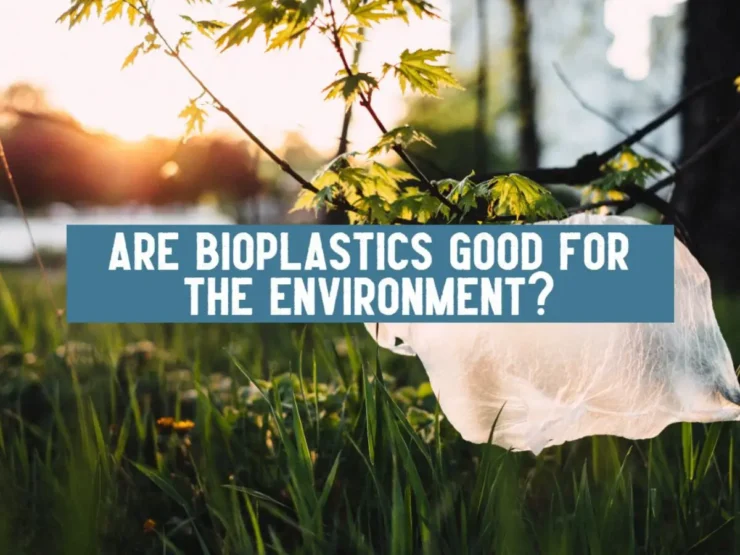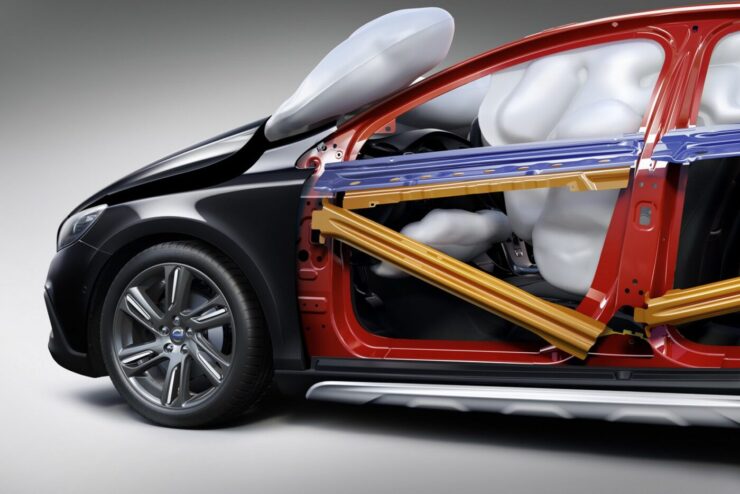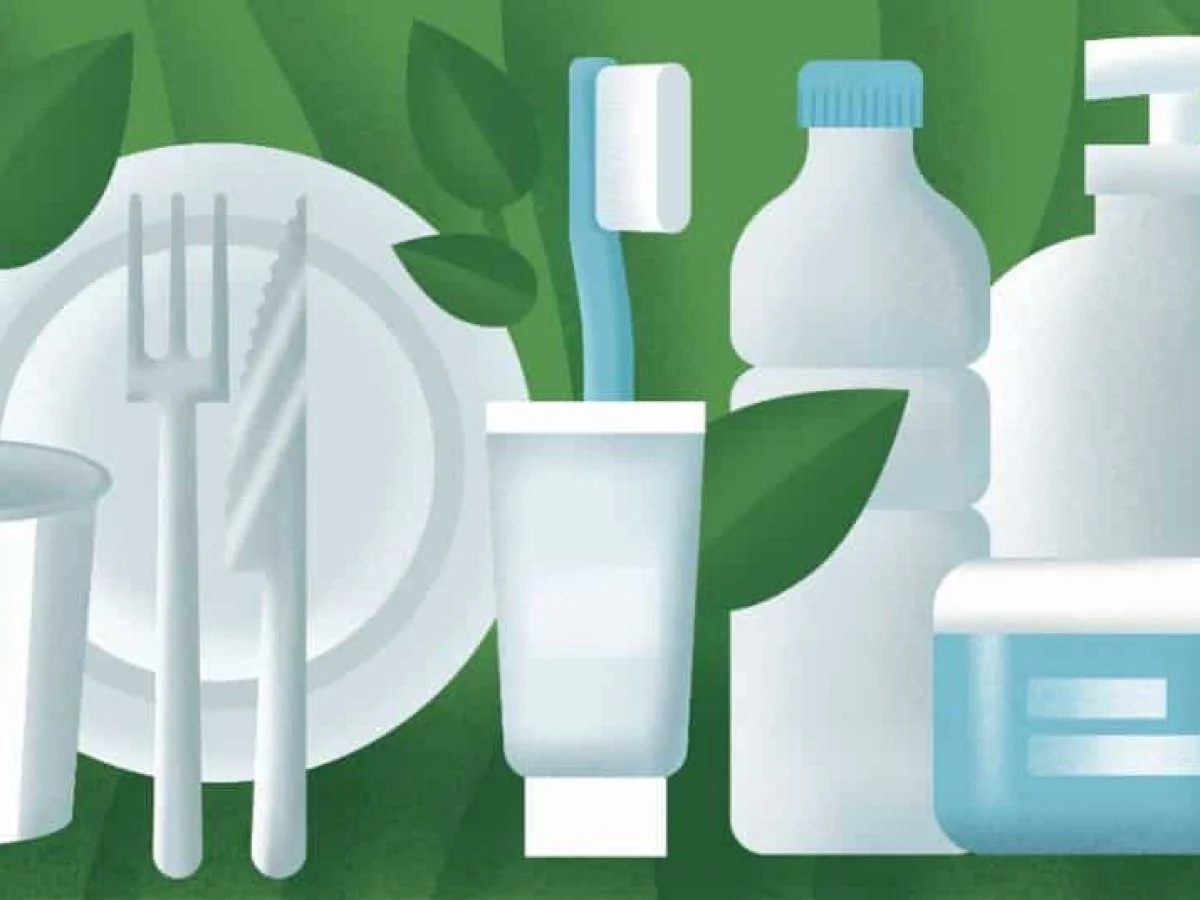The dawn of a new era of sustainability is upon us. As the urgency to combat the harmful impacts of plastic pollution heightens, a new contender emerges from the shadows: bioplastics. Today, we dive deep into the evolution of bioplastics and their transformative influence on various sectors.
Environmental Advantages

Shifting away from fossil fuels, bioplastics promise a reduced carbon footprint. Deriving from renewable plant sources, biodegradable materials release less carbon dioxide during decomposition compared to conventional plastics. This aids in mitigating the greenhouse effect, playing a part in combating global warming.
On another note, bioplastics address the looming issue of plastic pollution. Solutions like Compostable bags break down faster than their conventional counterparts, reducing the detrimental long-lasting plastic waste that plagues our oceans and ecosystems.
Types of Bioplastics and Their Sources
Polylactic acid (PLA) and Polyhydroxyalkanoates (PHA) are among the top-tier bioplastics in today’s market. Produced from fermented plant starch (usually corn), PLA is versatile, making its way into everything from packaging to fabrics.
PHA, on the other hand, is microbially synthesized and stands out for its biodegradability even in marine environments. From the oils of plants like castor or the microbial breakdown of sugars, each bioplastic tells a story of nature’s wonders.
Packaging and Consumer Goods
The packaging sector witnessed a paradigm shift with bioplastics entering the scene. Reducing dependence on petrochemicals, they offer eco-friendly alternatives for wrapping our everyday essentials, from food items to electronics. Biodegradable plastic bags have been entering stores en mass.
Beyond mere packaging, bioplastics have begun influencing consumer products directly. Imagine sipping your morning coffee from a cup made of bioplastic or using a toothbrush like that. The potential for a sustainable transformation in our daily lives is vast.
Automotive and Transportation

Cars and vehicles, once solely realms of metal and conventional plastic, now explore the bioplastic frontier. Lightweight parts not only reduce the vehicle’s overall weight but enhance fuel efficiency, a two-pronged approach to eco-friendliness.
Within the vast transportation infrastructure, plane interiors and train compartments are now spotting elements. The move promises not only environmental benefits but cost savings in the long run, reshaping the industry’s financial landscape.
Agriculture and Horticulture
Bioplastics find a nurturing home in the fields of agriculture and horticulture. Seed coatings, mulch films, and controlled-release fertilizers – enhance productivity while keeping sustainability in check.
Not to be overshadowed, the horticulture domain witnessed the rise of bioplastic pots and trays. Such innovations promise a healthier environment for plant growth and a more sustainable way to nurture our green friends.
Medical and Healthcare
The medical realm recognizes bioplastics for their unique attributes. From sutures that naturally degrade over time to drug delivery systems, they present innovative solutions, minimizing medical waste.
Within healthcare facilities, items such as bedpans, curtains, and disposable instruments made of these materials reduce contamination risks. These adaptations ensure safety while promoting eco-conscious practices.
Construction and Infrastructure

The pillars of our urban jungles undergo a transformative phase. Bioplastics, with their versatility and durability, offer exciting prospects in building materials and interior fixtures, pointing towards greener skylines.
Infrastructure, the backbone of our societies, isn’t far behind. With bioplastic pipes, bridges, and even road surfaces, our cities are on the path to becoming more sustainable hubs of human activity.
Challenges and Limitations of Bioplastics
But not all glitters are gold. Bioplastics, despite their merits, have obstacles to face. Issues like land use for feedstock production raise questions about food security and biodiversity.
Another critical challenge is the need for specialized facilities to ensure complete biodegradation. Without them, bioplastics could linger just as long as conventional plastics, potentially negating their eco-benefits.
Innovations in Manufacturing
As with any emerging technology, innovation drives progress. Breakthroughs in enzyme-based polymerization promise more efficient production processes, reducing costs and environmental impacts.
Simultaneously, the research delves into tapping algae and waste materials as feedstock. Such advancements herald a future where bioplastics not only replace conventional plastics but surpass them in efficiency and eco-friendliness.
Economic Impacts of Adoption
From an economic perspective, bioplastics are steadily carving a niche for themselves. Job creation in green manufacturing, reduced dependency on oil imports, and the birth of new markets depict a promising economic canvas painted green.
Businesses, spotting the potential, are aligning with consumer demands for sustainable products. This alignment not only boosts brand images but paves the way for long-term profitability in a world increasingly conscious of its ecological footprint.
Policy and Regulatory Landscape

Around the globe, policymakers grapple with the ecological challenges posed by traditional plastics. Enter bioplastics, and we observe a surge in regulations supporting their adoption. Countries are rolling out incentives, grants, and tax breaks to bolster production and usage.
Yet, regulatory waters aren’t entirely smooth. Policymakers must ensure a delicate balance – supporting the growth of bioplastics without inadvertently harming food supply chains or natural habitats. Striking this balance is crucial, as transition from niche to norm.
Consumer Perception and Demand
The heartbeat of the bioplastic revolution resonates with the consumer. As awareness about environmental issues burgeons, a significant shift in consumer sentiment is evident. People are not just passively choosing products but actively seeking them, signaling a transformative change in buying behaviors.
Brands take note. Aligning with this eco-conscious demand isn’t merely a marketing tactic; it’s becoming an existential imperative. The modern consumer, armed with knowledge and choices, pushes markets to evolve, placing bioplastics on a pedestal of preference and priority.
Future Outlook
The horizon for bioplastics is gleaming with promise. As technological advancements intersect with rising ecological consciousness, the industry is poised for exponential growth. Analysts predict a surge in investment, not just in established markets but emerging economies, signaling a global embrace.
Yet, it’s not just about sheer volume. The future beckons a diversification of different types, applications, and sources, transcending beyond the current favorites. A world where every plastic product has a sustainable counterpart is not a distant dream, but a foreseeable reality, reshaping industries in its wake.
Final Thoughts
The bioplastics journey, though nascent, paints a hopeful picture of a world where industries evolve in harmony with nature. While challenges persist, the combined might of innovation, economic incentives, and growing awareness propel us toward a sustainable future. The tapestry of tomorrow is being woven with threads of bioplastic, and it promises to be a masterpiece of eco-resilience.

